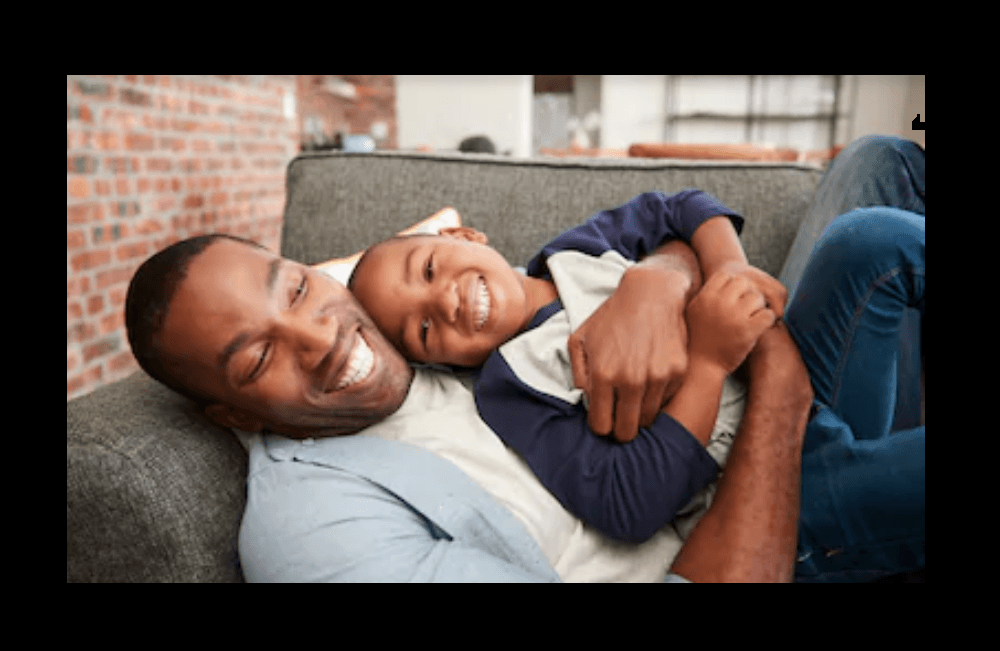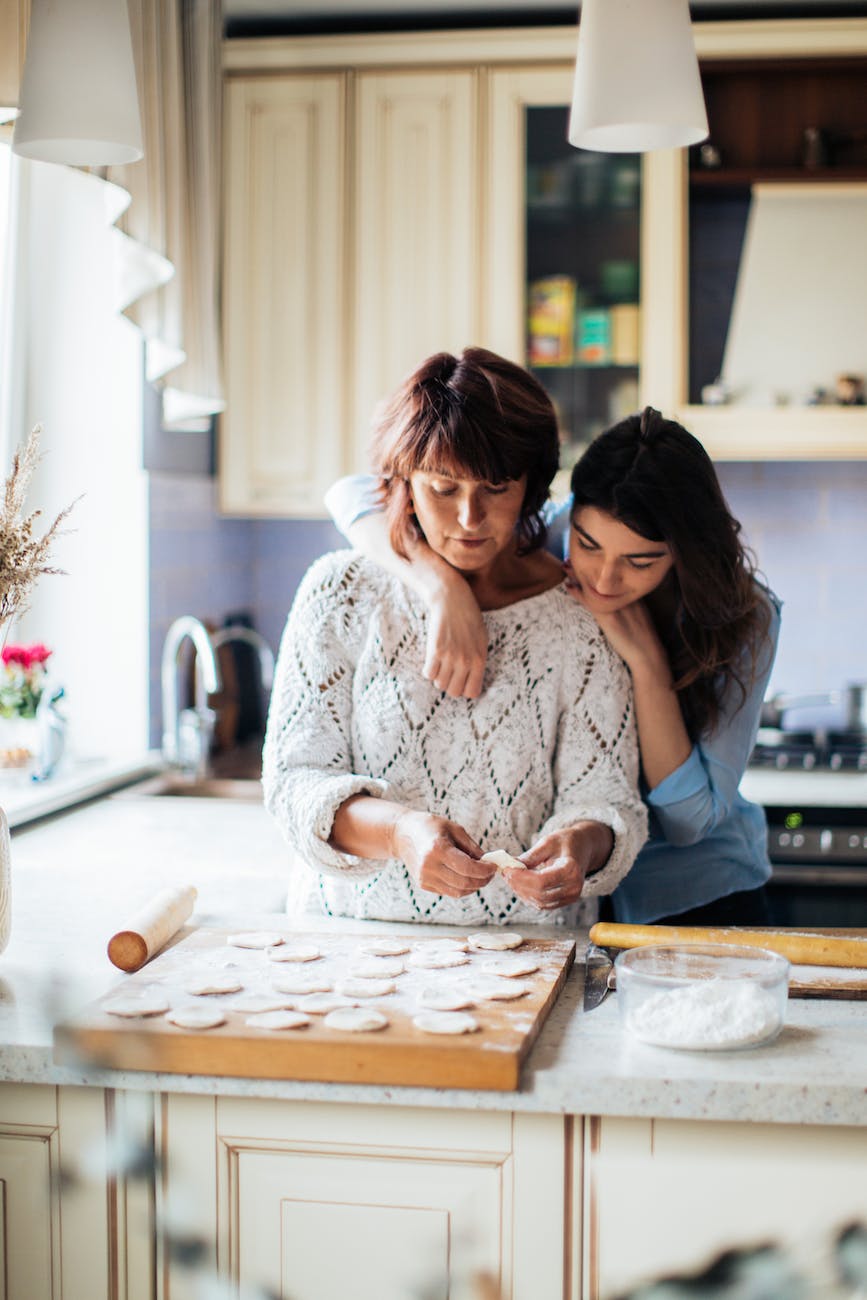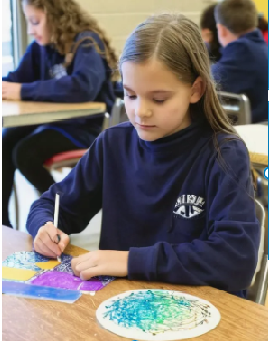How Do Positive Role Models Affect Our Youth and Communities?

|
Getting your Trinity Audio player ready...
|
Research findings indicate that adolescents who can identify a positive role model in their lives have higher grades and self-esteem than those who can’t, particularly when the youth knows their role model on a personal level.
Positive role models are also shown to decrease a youth’s potential for risky behaviors such as drug and alcohol abuse, sexual intercourse, and violence. Studies also show that when youth can identify positive role models within their family or school, they are more likely to make healthy lifestyle choices regarding nutrition and exercise.
Additionally, having a positive role model in one’s immediate or extended family can protect youth from negative thoughts and behavior, particularly when the role model is of the same gender.

Sadly, many children and adolescents don’t have positive role models to look up to. A 2001 study of 100,000 middle and high school students found that only around ¼ of the students reported having a positive adult role model in their lives.
This indicates that ¾ of students either don’t have someone to look up to, or look up to someone who is making negative choices within their own lives.
Studies indicate that youth who look up to role models that engage in negative or risky behaviors (e.g., drugs, drinking, promiscuity, violence) are more likely to follow suit and eventually engage in the same risky behaviors.
Research also indicates that adolescents whose only role model is an entertainer (e.g., singer, actor, etc.) are at higher risk for engaging in smoking, drug use, and fighting.
Studies also show that youth are more likely to select role models who they perceive as similar to themselves. For instance, they are more likely to look up to someone of the same gender, race, and ethnicity.
Additionally, studies show that for female youth and youth of traditionally oppressed racial or ethnic groups, seeing members of their same group demonstrating the behaviors of a positive role model helps them see that they also have the potential to develop into a healthy, functional, positive adult.
Studies support the notion that youth who have positive role models, similar in gender, race, and ethnicity, engage in less problematic behaviors that those who don’t.
Studies also support the notion that youth with a role model of the same gender display better school outcomes (grades, behaviors, etc.) than those with an opposite-sex role model or those with no role model at all.
Studies also show that students who consider one or both of their parents to be a positive role model, have higher rates of school success than those who identify a non-parental positive role model.
Non-parental role models still have a positive influence on children’s behaviors, choices, etc. and should not be considered as less important; it is just worth mentioning, that parental role models appear to play a role in school success more-so than another type of role model.
Another effective approach for having youth observe and participate in prosocial behaviors with adults, is community intervention programs, such as Youth Empowering Solutions (YES). YES is a program for adolescents and adults to work together on projects that lead to the betterment of their community.

A five year study on the impact of the YES program, indicates that adolescents who participated improved in the following areas:
- readiness to help others
- academic effort
- responsible decision making
Participants also demonstrated decreased aggressive and delinquent behaviors.
Increased community-behavior to acknowledge and draw attention to positive adult role models through the use of news and other forms of media, may also encourage adults and children alike to engage in positive behaviors and life-style choices.
In conclusion, the most effective type of role model for youth is an adult, with similar demographics (e.g., gender, race, ethnicity), whom they know on a personal level.
Having a role model such as this, who makes positive/healthy choices regarding their physical and mental well-being (e.g., healthy eating choices, exercise, strong work ethic, self-control, helping others, etc.) leads to positive choices and behaviors in the youth who look up to them.
Additionally, community-based projects and media outlets can contribute to the idea of prosocial behaviors in our communities.
The points highlighted in this article may seem like common sense, but the research studies discussed really highlight the role adults have in influencing our youth.
The more we make positive choices and healthy decisions; the more our kids will; which will affect our entire world in a positive way for generations to come.
Video Presentation – Narrated
Video Presentation – Un-narrated
Education and Behavior – A Site for Parents, Educators, and Counselors to Come Together on What Works for Kids!
Related Articles: The Importance of Role Models for Children by Education and Behavior and The Characteristics of a Role Model by Family Focus Blog.






